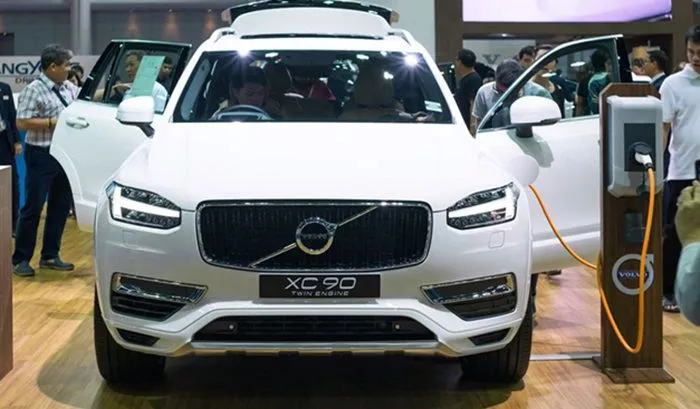Volvo has made a strategic shift in its electrification plan, abandoning the original target of selling only electric vehicles by 2030. Instead, the company will continue to develop gasoline – powered, hybrid, and electric cars in the future.
This adjustment comes in response to a careful consideration of the diverse development speeds across global markets. The pace of electric vehicle adoption varies significantly from region to region. For example, some developed areas have advanced charging infrastructure and strong consumer acceptance of EVs, while in other regions, the infrastructure is still underdeveloped, and consumers are more hesitant to switch to electric vehicles due to concerns like high costs and long charging times.
Moreover, the global economic situation and government policies also play crucial roles. In some markets, government incentives for electric vehicles have been phased out, and trade tariffs on EVs have added uncertainties to the industry.
By diversifying its product portfolio, Volvo aims to better meet the complex and changing demands of different markets, ensuring its competitiveness in the global automotive industry.
Industry insiders believe that this move is a pragmatic approach for Volvo. It allows the company to adapt to the current market situation while still moving forward with its electrification ambitions in a more flexible way, setting the stage for a more sustainable development path in the long run.


